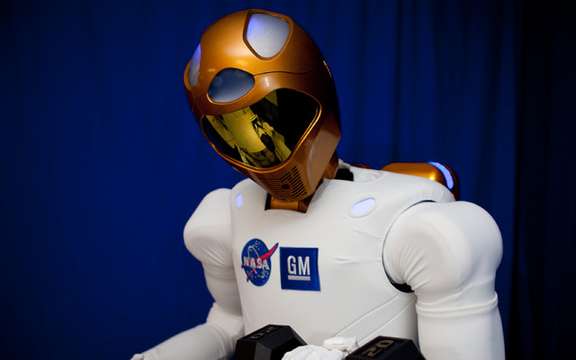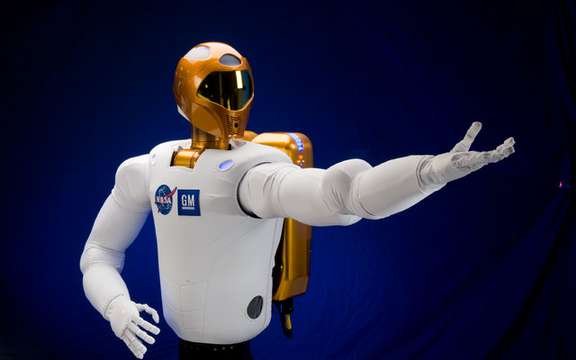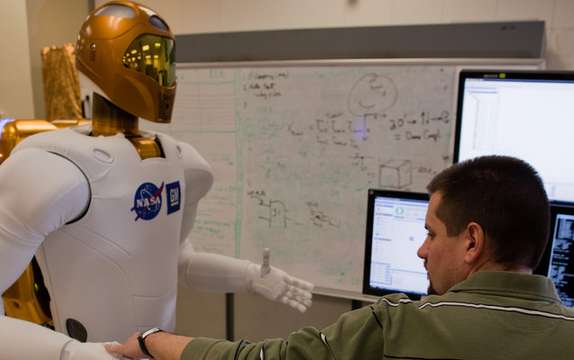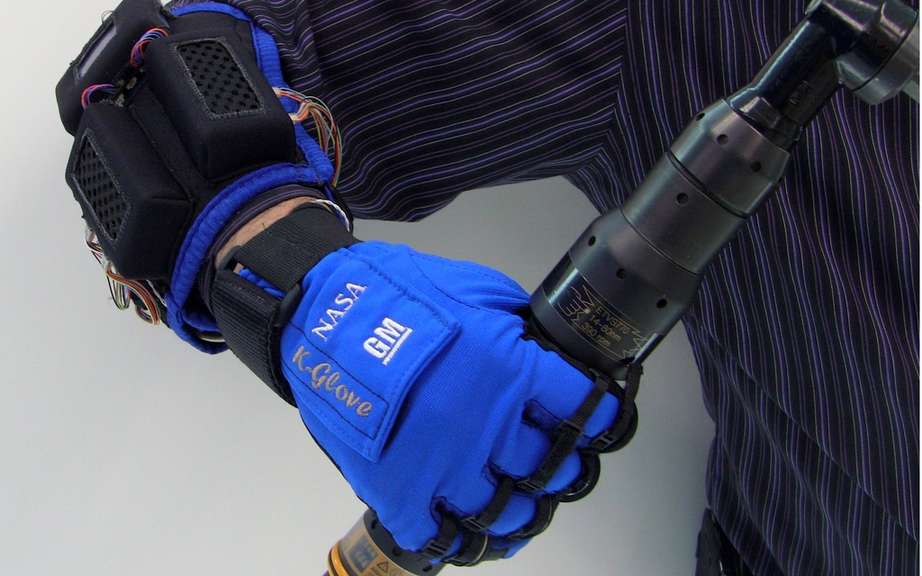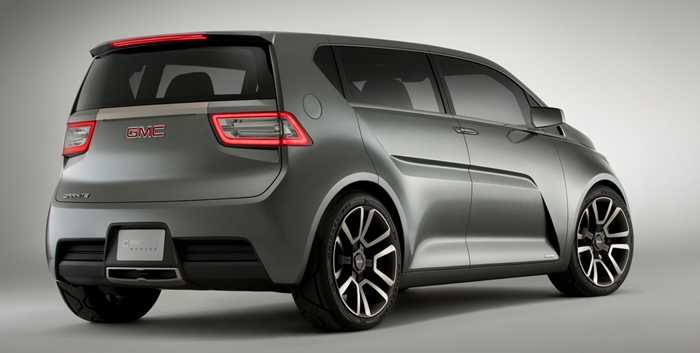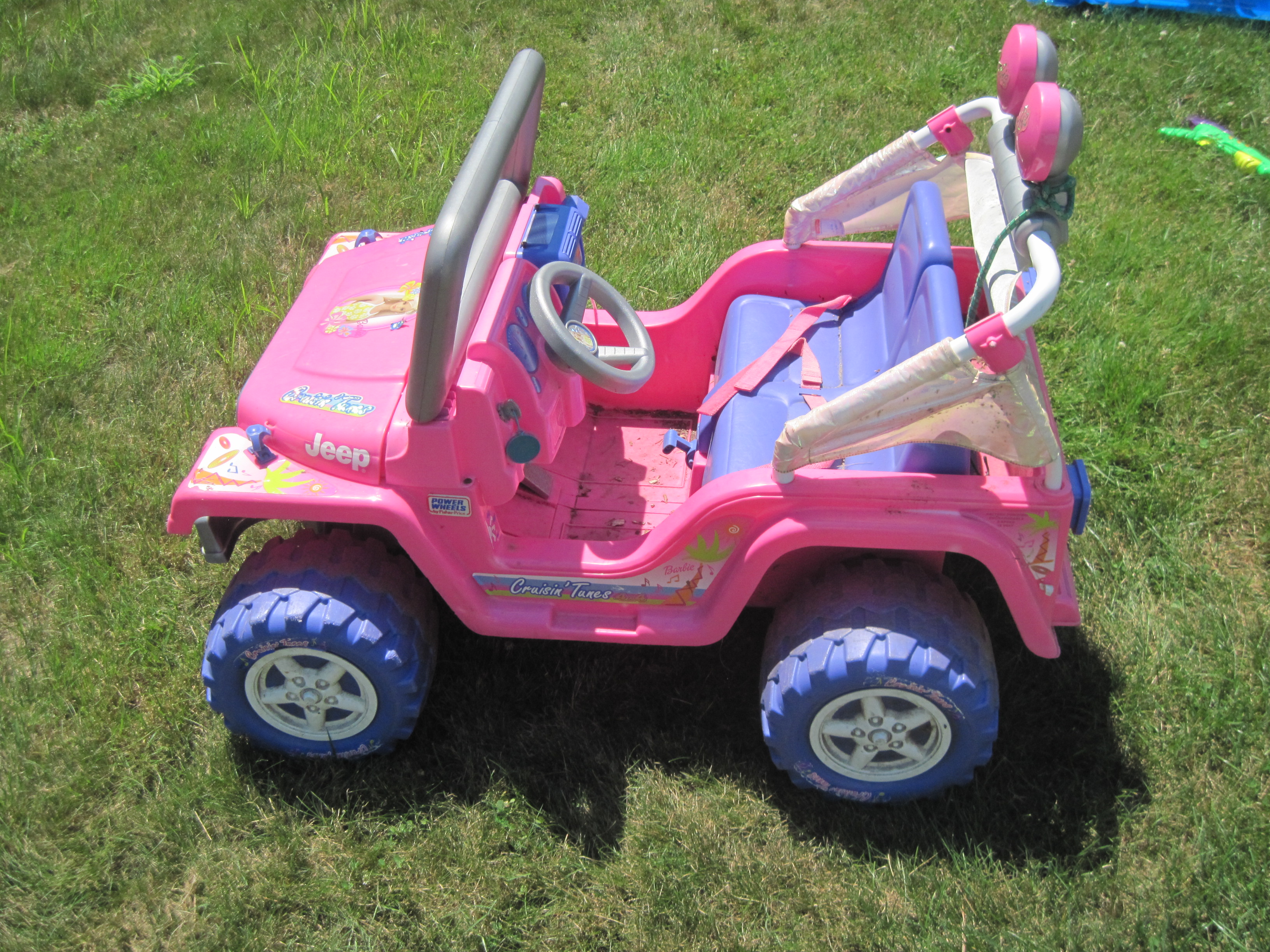GM Robonaut 2 we present
NASA is preparing to launch a robot developed jointly with GM to the International Space Station
Technologies to advance the safety of vehicles and industrial systems
NASA is preparing to launch the first human-shaped robot in space later this year to become a permanent resident of the International Space Station (ISS). Robonaut 2, or R2, is the result of an agreement of cooperation between NASA and General Motors aimed at developing a robot assistant who will work side by side with humans, whether they are astronauts in orbit or workers to GM plants on earth.
Consists of a head and a torso with two arms and two hands, robot 140 kg will be launched to the ISS on the shuttle Discovery, on the occasion of the STS-133 mission is scheduled for September. Once the robot board, engineers observe its operation state of weightlessness. R2 joins to another station robot, Dextre. Manufactured by the Canadian Space Agency, it consists of two long arms for performing tasks that would otherwise require the output of astronauts in space.
If Dextre is located on the outside of the station, R2 will remain confined to the laboratory Destiny. However, improvements to come could allow it to move more freely in the interior of the ISS or even a day outside the complex.
"The use of R2 on the space station marks the first step in a new era, which will be accelerating the pace of exploration of space thanks to the human-robot cooperation, said John Olson, director of the office integration of exploration NASA systems. This partnership between man and machine is the key that will open the door of the solar system by allowing us to go further and realize more than we can imagine today. "
This humanoid recalls the human being not only its appearance but also its way of working. With his arms and hands, R2 is able to use the same tools that the crew of the station. In the future, humanoid robots could find as the main utility to assist or replace astronauts during outings or spots too difficult or dangerous. For now, R2 houses a prototype devoid of adequate protection to leave the station and exposure to extreme temperatures of the sidereal void.
The interior of the station will provide a significant intermediate environment to put to the test. R2 can evolve it in a state of weightlessness, subjected to radiation and electromagnetic interference that characterize this environment. These indoor activities will collect data on the effectiveness of the robot in the side by side work with the astronauts. As will advance the development activities on land, the crew of the station could be shipping equipment and software to update R2 to enable it to perform new tasks.
R2 is currently subject to a thorough test preparation for its first flight program. However, testing for resistance to vibration, vacuum and radiation as well as other protocols to which R2 is submitted will also benefit to the team GM. In fact, the automaker is planning to use the R2 technologies to advance the security system of the vehicles and the production system employed in its factories.
"The extreme test parameters R2 for his stay aboard the International Space Station are similar to those we use in the program validation our vehicles and our apartment on the way to serial production, explains Alan Taub, vice president, global research and development of GM. The work realized by the engineers of GM and NASA help us also to validate production technologies favorable to the health and safety of crew members working in our GM plants throughout the world. "
"The partnership between organizations such as GM and NASA help make a safer space exploration, automotive and industrial production," he adds.
Team Industrial Engineering GM already working in the definition of the potential applications of multiple vision systems, motion detection and R2 to assist workers in the production chain.
"Our strategy is to develop technologies that fundamentally change the way we build cars and trucks, for his part said Kenneth D. Knight, Senior Director, Centre for Automation and GM assembly. These include to create new systems to support our operators. "
View the gallery

